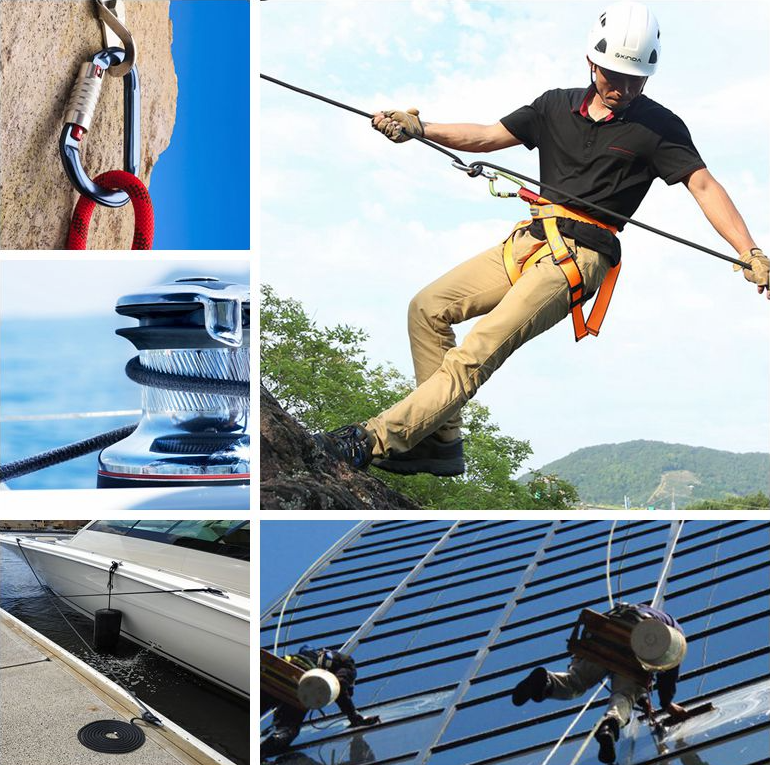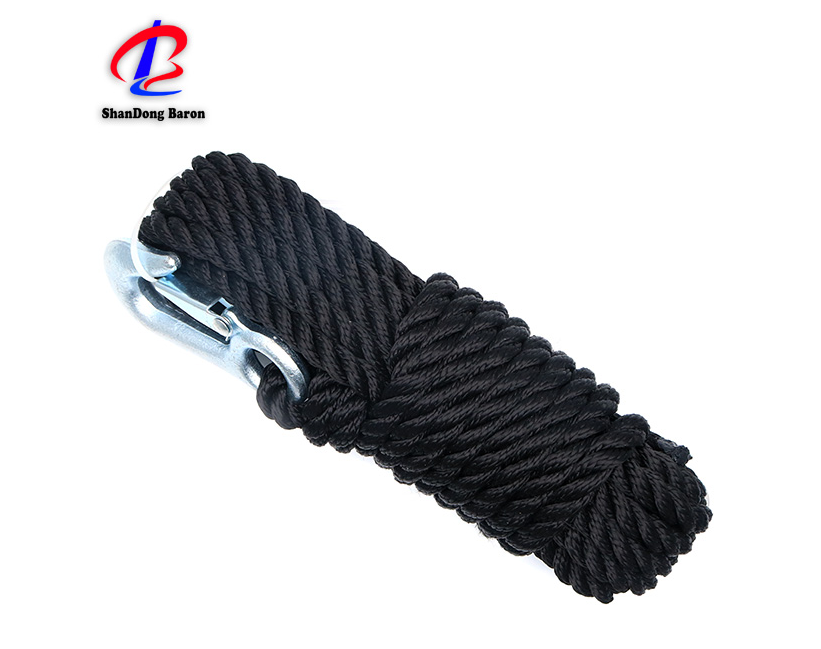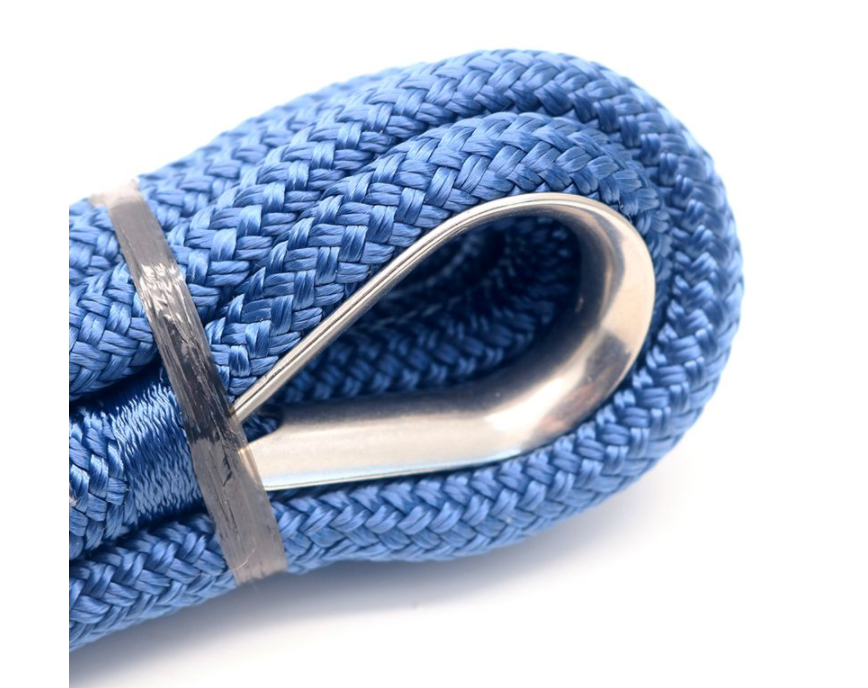When working in the high altitude industry, your rope is literally your lifeline. Finding the perfect rope is something most climbers keep in the back of their minds. At BARON ROPE, we focus on helping you make an informed decision, and in this week's blog post, our experts have put together a guide to help you buy the perfect rope.

When looking at the type of rope you need to get the job done, it's best to make sure you know the difference between the 3 most common types of rope.
Kernmantle ropes consist of twisted, parallel fibers surrounded by a tightly woven sheath. The core fibers provide the majority of the rope's strength. The sheath is tightly woven to provide significantly higher abrasion resistance. There are two different types of cores: dynamic and static. The Dynamic is used for recreational climbing due to its high shock absorption capacity. The static kernmantle has a very low stretch and is suitable for industrial applications.

3 strand ropes are an inexpensive rope option. They tend to have a lower breaking strength than double braided plies or kernmantle, so a larger diameter must be used to achieve the same strength. Due to their construction, 3 strand ropes tend to spin under load and offer lower abrasion resistance. 3 strand lines are most commonly used as lifelines.
Double braid rope is a braided core surrounded by a braided sheath. The inner braid and outer braid are usually designed to share the load equally at a very low elongation. Double braided ropes remain round under tension, do not generate rotational forces when loaded, and are soft to the touch. These properties make it ideal for use as a load rope.

The thicker the rope, the stronger it is. However, there is a misconception that you should use the thickest rope possible in order to be as safe as possible. In reality, your rigging is only as strong as your weakest component. Winches, shackles, slings, blocks and ropes must all be considered.
Another thing to consider is the pulley diameter of the block being used. There are many options to handle "1/2" synthetic rope, but few are strong enough to justify 5/8" rope.
Each time a rope is used, it should be visually inspected to ensure it is safe to use. Check for cuts, nicks, burns, excessive wear, flat or uneven spots, shine, discoloration from sun or chemicals, or inconsistencies in the rope. When inspecting ropes, it is easier to track the inspection using a rope inspection log. It is also important to follow and review the manufacturer's instructions before using any equipment.
Looking for durable and strong ropes? Please contact BARON today to get the quote.